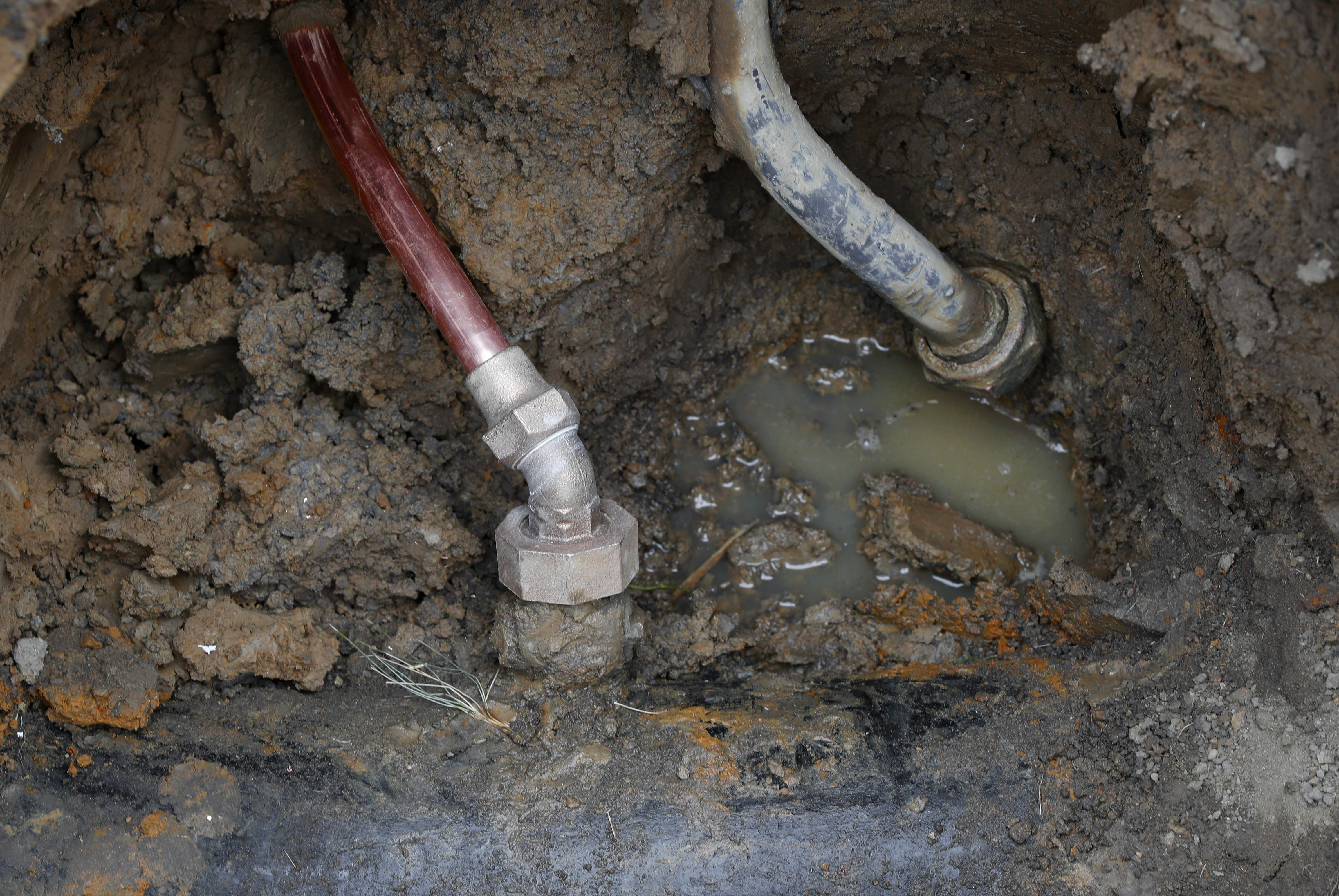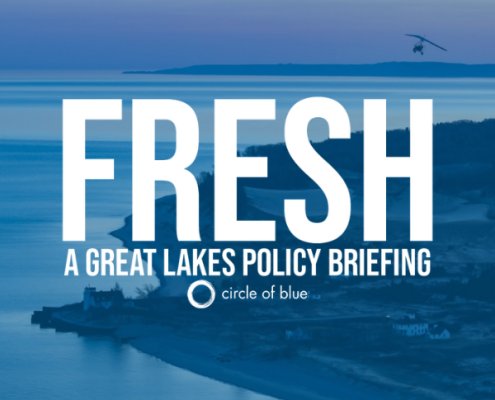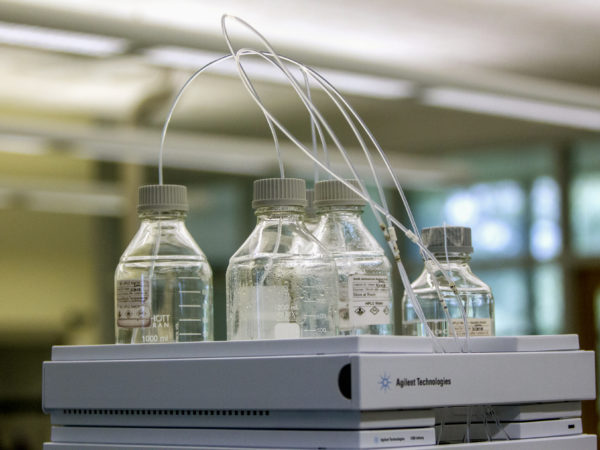
The Trump administration overhauled the country’s widely criticized, 29-year-old framework to eliminate toxic lead from drinking water on Tuesday last week, but critics charge that the new rule gives utilities far more time than before to finally replace old, lead-contaminated pipes.
The new rules come six years after the Flint, Michigan, water crisis highlighted ongoing, dangerous exposure of children and others in the city to the neurotoxin in drinking water, and the failures of officials on all levels to adequately protect local families at the time.
Environmental Protection Agency Administrator Andrew Wheeler said Tuesday the new regulation, proposed by the agency in 2019, “requires more replacements than ever before” for aging water systems leaching lead.
“It will help ensure that all Americans have access to safe drinking water, regardless of what zip code they live in,” Wheeler said. More than half of the residents of Flint were Black, and residents and advocacy groups have said systemic racism is behind the neglect of the water system and slow response to the crisis. Thousands of Flint children and adults were exposed to lead, which can damage young people’s development and cause behavioral problems.
Changes in the rule include newly requiring utilities to test their water at schools and day-care centers nationwide and requiring water systems to tell the public the location of lead service lines.
But the changes also allow the country’s water systems to go far more slowly than under the old rule to replace the millions of lead service lines in use around the United States — from 14 years for the worst contaminated systems under the old rules, to more than 33 years under the new ones, according to public health and environmental groups.
“So yes the old rule was terrible, but EPA has missed the opportunity 3 decades later to fundamentally fix the rule and to protect millions of kids from lead,” Erik Olson, the senior strategic director for health at the Natural Resources Defense Council advocacy group, said in an email.
“It’s a huge disappointment,” Olson said.
Wheeler, the EPA administrator, defended the new rules, saying loopholes in the old rule were allowing replacement to drag on much longer than was stipulated.
The outgoing Trump administration has said that dealing with lead pipes and improving access to safe drinking water were priorities. The administration has rolled back dozens of protections for public health and the environment, and President Donald Trump also proposed eliminating environmental enforcement funding for minority and low-income communities in at least one annual budget. Congress has held the agency’s funding generally steady, rejecting Trump’s proposals for sharp cuts.
Read more news on lead contamination on Great Lakes Now:
Flint joins $641M deal to settle lawsuits over lead in water
Grand Rapids selected for lead pipe replacement grant
Another Casualty of COVID: Testing declines for lead poisoning in Michigan
Featured image: In this July 20, 2018, file photo a copper water supply line, left, is shown connected to a water main after being installed for lead pipe, right, in Flint, Mich. (AP Photo/Paul Sancya, File)



